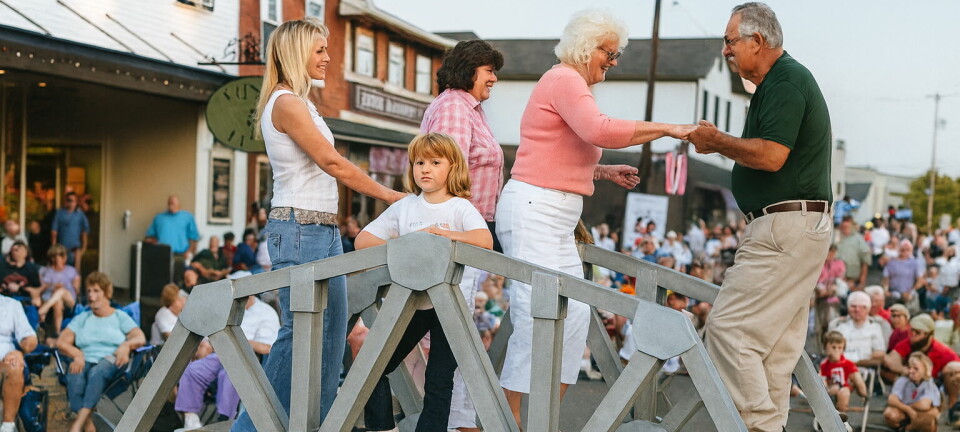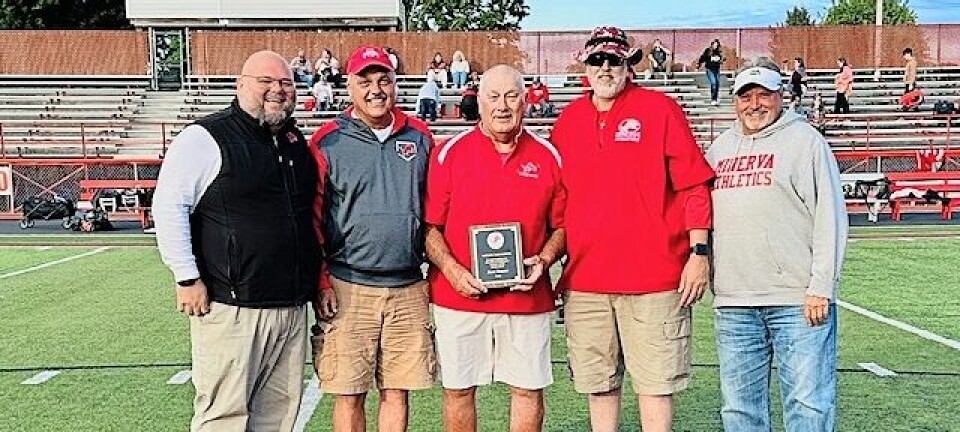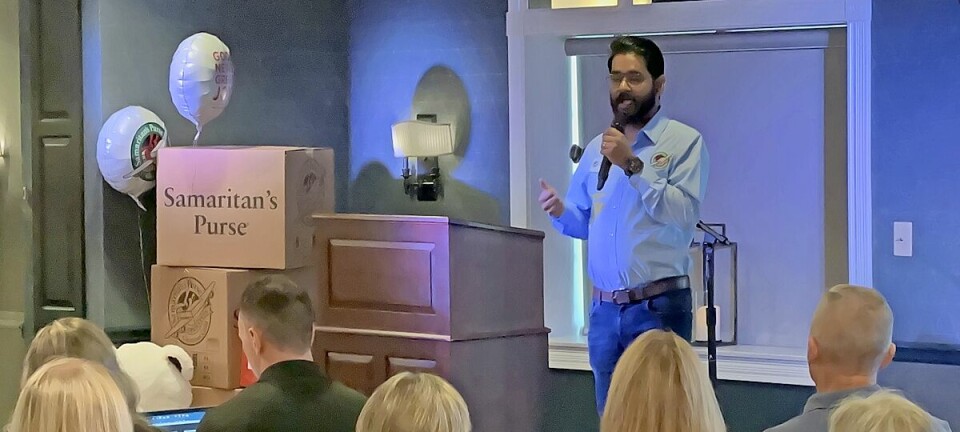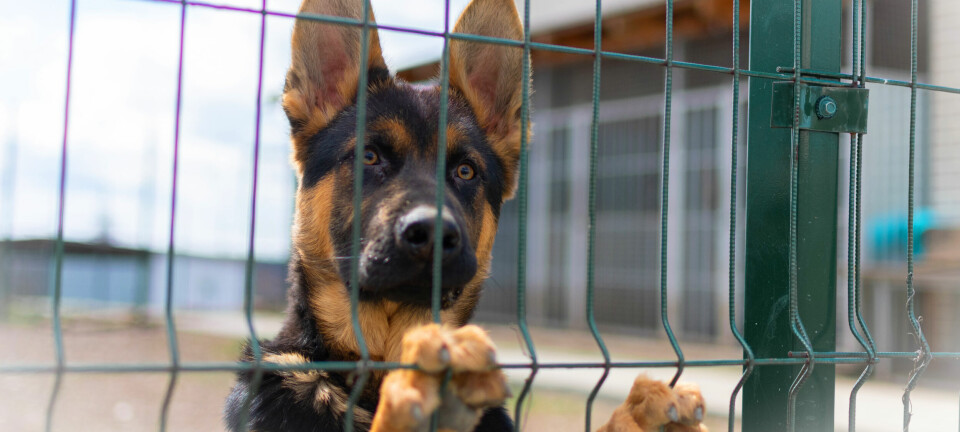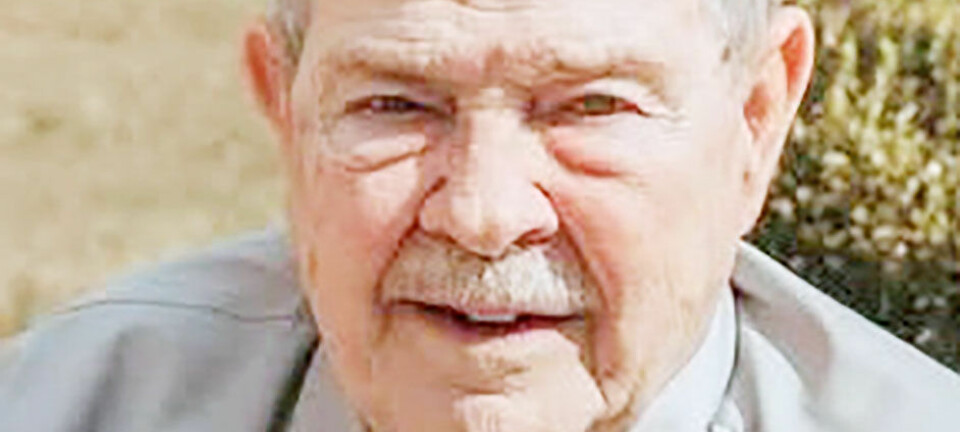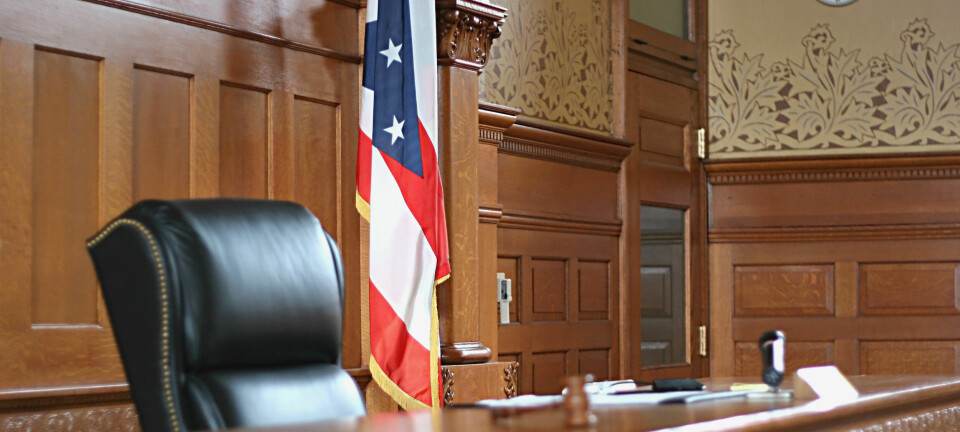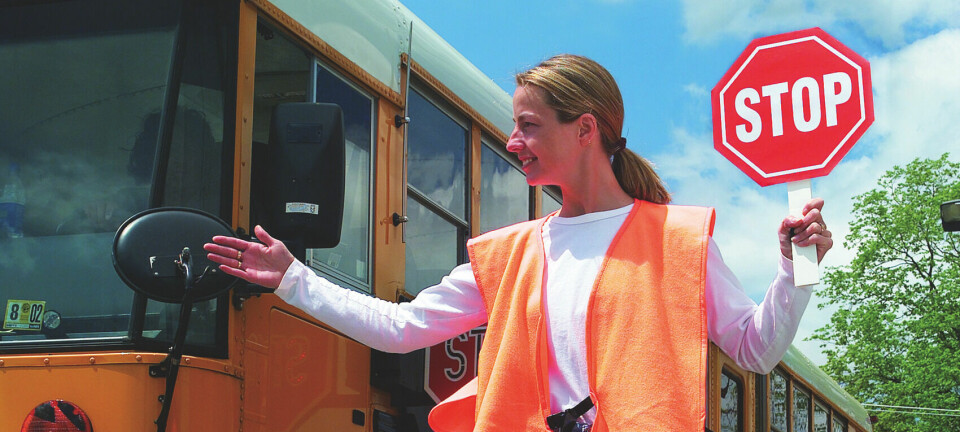Schaeffler to build new manufacturing facility in Dover
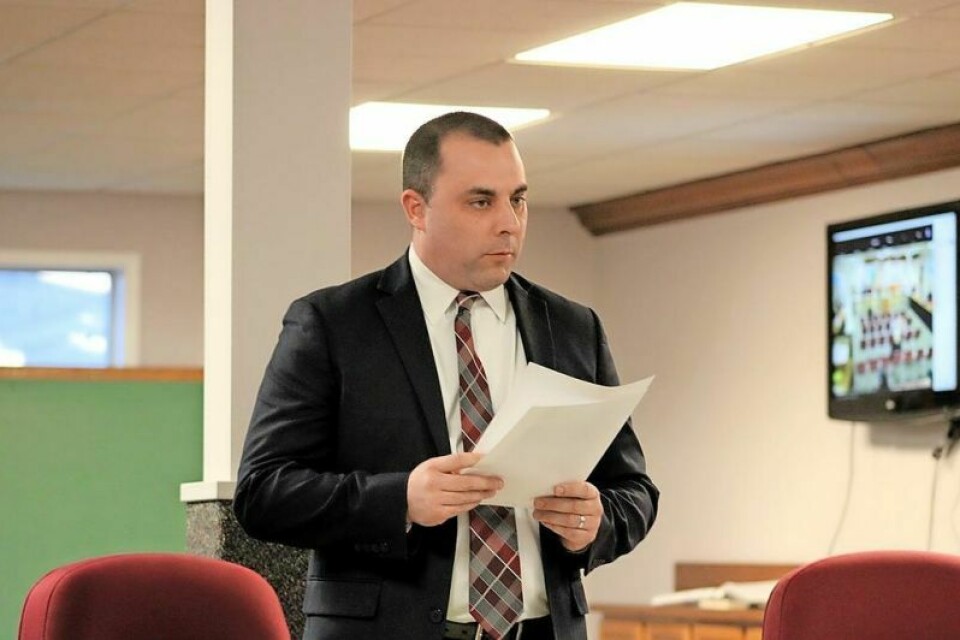
“It’s good to have something good happen.” The comment by council member Perci Garner summed up the feelings of the entire Dover City Council at a special meeting held Feb. 26 to announce a global company is planning to construct a new facility on the north end of Dover.
Mayor Shane Gunnoe announced the Schaeffler Automotive Group, a global leader in motion technology and a pioneer within the automotive industry, plans to construct a new e-mobility component production facility in Dover. The company is based in Germany and operates approximately 200 locations in 50 countries. The global company employs approximately 87,000 worldwide.
“Earlier today I attended a meeting of the Ohio Tax Credit Authority in Columbus where details were presented of a significant economic-development project, which has the opportunity to have a transformational and generational impact upon our community,” Gunnoe said.
The Ohio Tax Credit Authority approved a 2.228%, 15-year job creation tax credit for the project.
Schaeffler is a global manufacturer of high-precision components and systems for engines and transmissions. The new Dover facility, under the Schaeffler Group USA division, will manufacture electric beam axles and electric drivetrain systems to support the hybrid/EV industry.
Schaeffler also operates a facility in Wooster. With the new Dover facility, the company will add a total of 650 new jobs, but they will be split between the two locations. The company will retain 1,622 jobs at Wooster and sustain a $234,350,000 total fixed asset investment at the two sites. The 650 new jobs will bring with them an associated payroll of $54 million.
“In Dover, based off our work with the company, we expect an ultimate job creation of approximately 450 high-skilled, high-wage jobs created onsite in two phases with an annual payroll of $27 million,” Gunnoe said.
Phase one of the project will be the construction of an approximately 130,000-square-foot advanced manufacturing facility.
“This phase is estimated to cost approximately $30 million for the new construction and significantly more than that for machinery and equipment,” Gunnoe said.
The Wooster facility has demonstrated incremental growth over the past 40 years where they have expanded 21 times and employ 1,600 people onsite.
“We hope Dover will experience the same level of success in the years to come,” Gunnoe said.
The company hopes to break ground in mid-2024 and open in the third quarter of 2025.
The city will be responsible for improving Crown Road to handle the development.
“This is estimated to cost approximately $1.4 million in construction costs,” Gunnoe said. “In order to offset those costs, the city expects to receive nearly $975,000 in state grant funding, with the balance being proposed for funding in this year’s upcoming city budget.”
Marla Akridge, executive director of the Tuscarawas Economic Development Corporation, also attended the special council meeting.
“Rural economic development is difficult. Deals like this don’t happen often. Without the help of utility providers, Team NEO, JobsOhio, the Ohio Department of Development and Ohio Department of Transportation, this project would not have happened in Tuscarawas County,” Akridge said.
Gunnoe also thanked the many agencies and current and former council members involved in making this project a reality.
“In total, city officials worked nearly 14 months to bring the project to this point, and I know our other partners worked even longer than that,” Gunnoe said. “Additionally, I would like to say thank you to the Dover City Schools, Buckeye Career Center and Kent State Tuscarawas for their collaboration on the work force needs a project like this brings.”
At the meeting Gunnoe requested a committee assignment for an ordinance that will create a tax increment financing agreement and provide for the infrastructure improvements.
During the period of the TIF agreement, approximately $14 million in estimated new local income tax revenue is expected to be generated.
“The TIF agreement, as proposed, would split the income taxes with 50% going to the city, 50% going to Dover City Schools and to Buckeye Career Center, based on a formula that's established in state law,” Gunnoe said. “Additionally, any excess revenue, which would be property tax revenue that is created over and above what is needed for the TIF incentive, 50% of that would go to the Dover schools, and the other 50% will go to a fund to cover infrastructure improvements or potentially early repayment of the TIF incentives.”
There was much competition for the project, and Schaeffler officials visited Dover close to a dozen times before making their decision.
“We looked at workforce. We talked about, obviously, incentives. We looked at utilities, we looked at traffic flow, and we really tried to cover all the bases and be very thorough,” Gunnoe said. “And they're not done. They want to continue to look for ways to partner with our local schools, and they want to be a good neighbor to the community. So I expect them to be very visible now that it's announced.”
The company is looking forward to the new project in Dover.
An assignment on creating a new ordinance for the project was assigned to the Committee of the Whole, and a meeting was set for March 4 at 6:45 p.m. before the regular meeting that evening in council chambers, 121 E. Second St., Dover.


